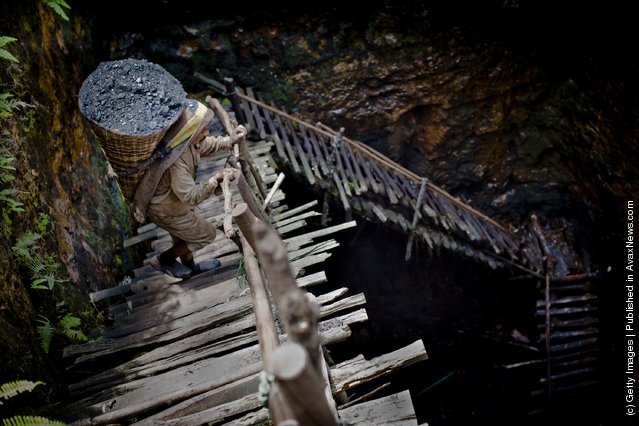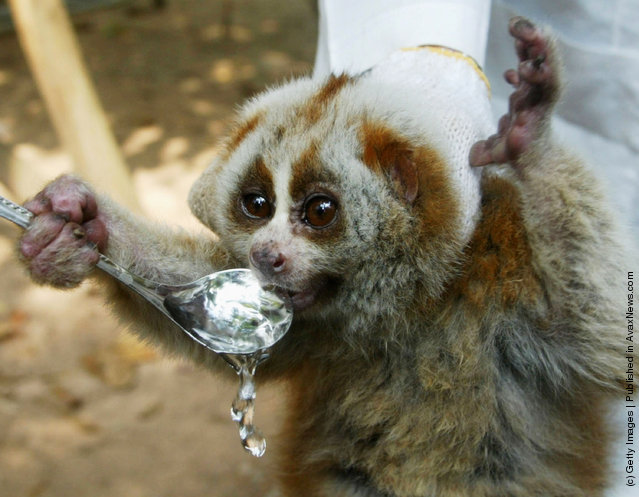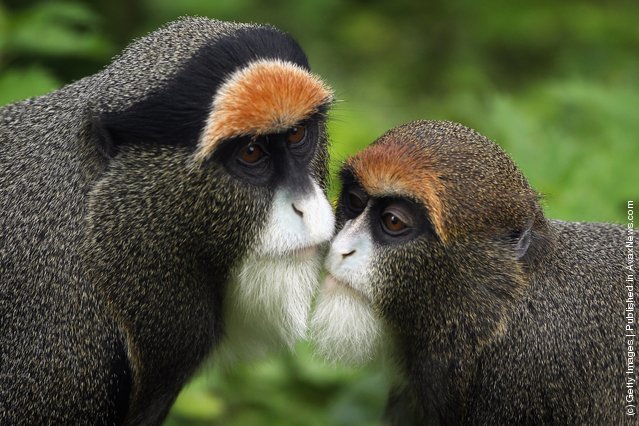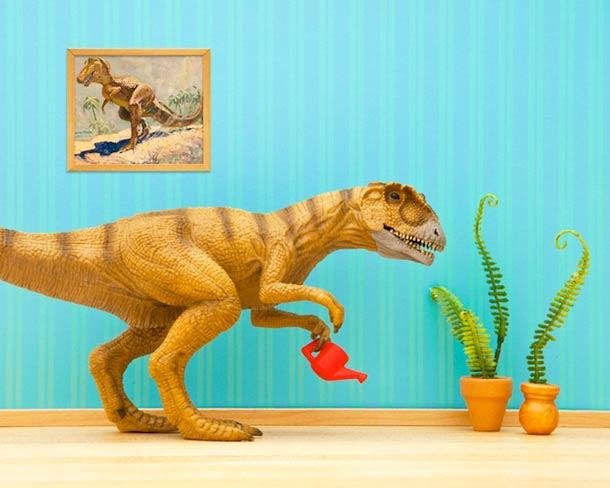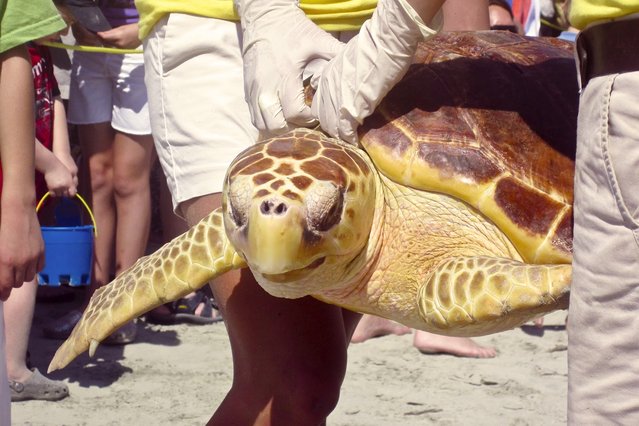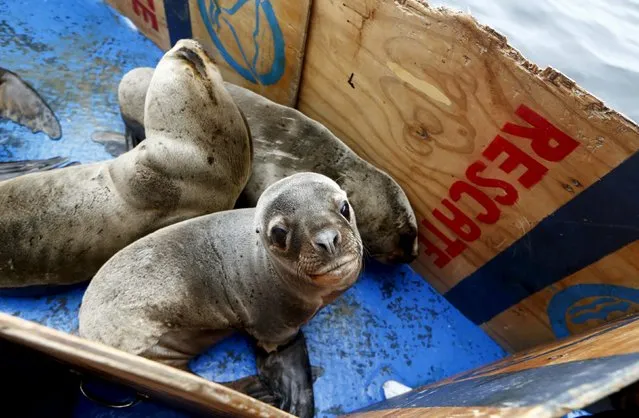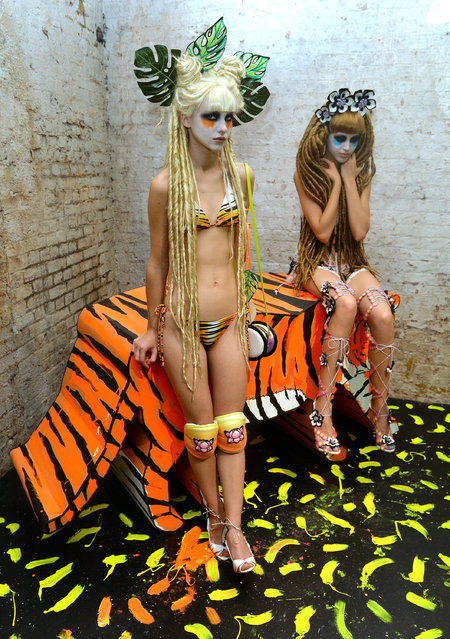
Large waves break at Burleigh Heads on the Gold Coast,, Queensland, Australia, 05 June 2016. Recent wild weather unleashed heavy rainfalls, powerful winds and abnormally high tides in Southeast Queensland and northern New South Wales. (Photo by Dan Peled/EPA)
06 Jun 2016 10:53:00,post received
0 comments

